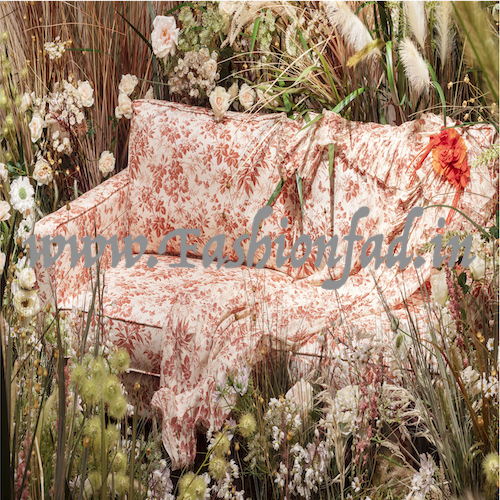
A webinar titled “Creating a Century of Peace by Raising Global Citizens through Humanistic Education” is being organised by Bharat Soka Gakkai (BSG) in this February 2022.
BSG is the Indian affiliate of the Soka Gakkai International (SGI), a global association of grassroots organizations that seeks to promote the values of peace and respect for all people. With its headquarters in New Delhi, BSG has its membership spread over 600 towns and cities across India. Coming from all walks of life, the members of BSG are engaged in their ‘human revolution’, with a belief that a fundamental change in a single individual can bring about a great transformation in society.
Over the last 35 years, BSG has sought to create an environment of peace through cultural, educational, and community-related activities which are driven by a profound desire to respect and protect the right of each person to live in peace. At the core of these initiatives is the ideal of education for global citizenship and the awareness of social and environmental responsibilities which we all share for the future of our planet. This is education in the broadest sense of the word, not limited to classrooms or to any particular age group.
In an effort to implement Soka Gakkai founder, Tsunesaburo Makiguchi’s philosophy of Soka, or “Value Creating” education, SGI President Daisaku Ikeda has founded, schools and educational institutions worldwide, giving concrete expression to his conviction that education is humanity’s most important undertaking.
Soka Education is based on a belief in the infinite potential of the individual. Rooted in a profound respect for human life, it seeks to nurture courageous people of wisdom, who can contribute to the realization of a peaceful world. “What our world most requires now is the kind of education that fosters love for humankind, that develops character—that provides an intellectual basis for the realization of peace and empowers learners to contribute to and improve society” says President Ikeda, reaffirming his belief solution to long standing global issues lies in promoting humanistic education.
One of the key action areas of BSG in society is to promote activities based on humanistic education that promote an attitudinal shift towards a global, inclusive, and humanistic outlook. Over the years, Education Division of BSG has conducted a range of interactive activities, including discussions, workshops and seminars in various schools and colleges. In addition, Peace Clubs have been initiated in several leading educational institutions.
The year 2022 marks the 30th year of the formation of the Education Division in 1992 and this webinar is being organized to commemorate this milestone and to strengthen the role of Humanistic Education in the 21st Century.
The panellists on the occasion are Padma Bhushan Dr. Shyama Chona (Founder-President of Tamana Association), Ms. Kavita Anand (Founder Director, Adhyayan Quality Education Services) Prof. R.S.S. Mani (Vice-President, ITM Group of Institutions) and Ms. Vandana Jain (Education Division Chief, BSG)


















